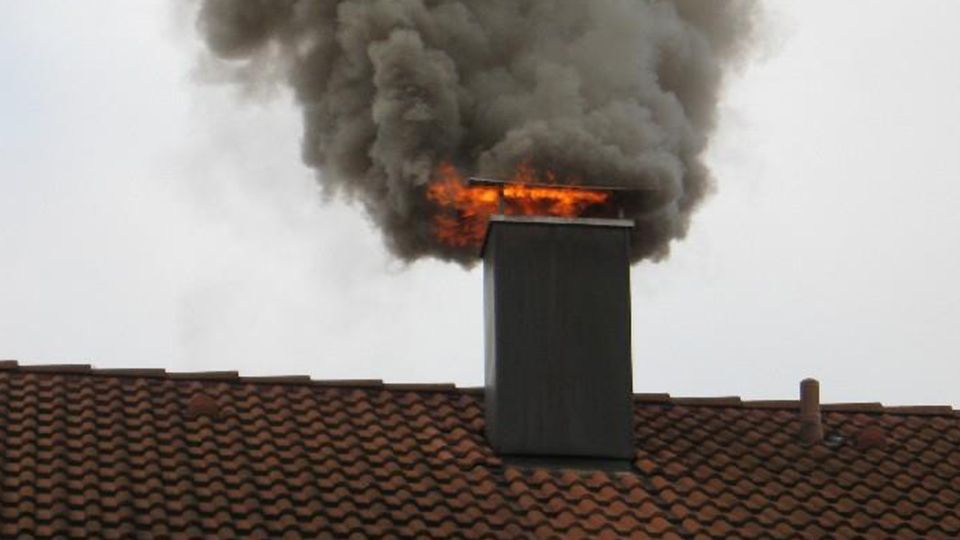Matka gambling or Sattamatka is a form of betting and lottery which originally involved betting on the opening and closing rates of cotton transmitted from the New York Cotton Exchange to the Bombay Cotton Exchange. It originates from before the era of Indian independence when it was known as Ankada Jugar ("figures gambling"). In the 1960s, the system was replaced with other ways of generating random numbers, including pulling slips from a large earthenware pot known as a kalyan matka, or dealing with playing cards.
In the original form of the game, betting would take place on the opening and closing rates of cotton as transmitted to the Bombay Cotton Exchange from the New York Cotton Exchange, via teleprinters.
In 1961, the New York Cotton Exchange stopped the practice, which caused the punters to look for alternative ways to keep the matka business alive. A Sindhi migrant from Karachi, Pakistan, Ratan Khatri introduced the idea of declaring opening and closing rates of imaginary products and playing cards. Numbers would be written on pieces of paper and put into a matka, a large earthen pitcher. One person would then draw a chit and declare the winning numbers. Over the years, the practice changed, so that three numbers were drawn from a pack of playing cards, but the name "satta matka" was kept.
In 1962, Kalyanji Bhagat started the Worli matka. Ratan Khatri then introduced the New Worli matka in 1964, with slight modifications to the rules of the game with odds that were more favourable to the public. Kalyanji Bhagat's matka ran every day of the week, whereas Ratan Khatri's matka ran only five days a week, from Monday to Friday and later as it gained immense popularity and became synonymous with his name, it began to be called Main Dpboss matka.
During the flourishing of textile mills in Mumbai, many mill workers played matka, resulting in bookies opening their shops in and around the mill areas, predominantly located in Parel in Central Mumbai and Kalbadevi in South Mumbai.
The decades of 1980s and 1990s saw the mumbai matka business reach its peak. Betting volumes in excess of Rs. 500 crore would be laid every month. The Mumbai Police’s massive crackdown on the matka dens forced dealers to shift their hideouts to the city’s outskirts. Many of them moved to Gujarat, Rajasthan and other states. With no major source of betting in the city, many punters were attracted to other forms of gambling such as online and zhatpat lotteries. Meanwhile, some rich punters began to explore betting on cricket matches.
In 1995 there were more than 2,000 big and medium-time bookies in the city and neighboring towns, but since then the numbers have declined substantially to less than 300. During the 2000s, the average monthly turnover has remained around Rs. 100 crore.[3] The modern matka business is centred around Maharashtra






 Вхід...
Вхід...



